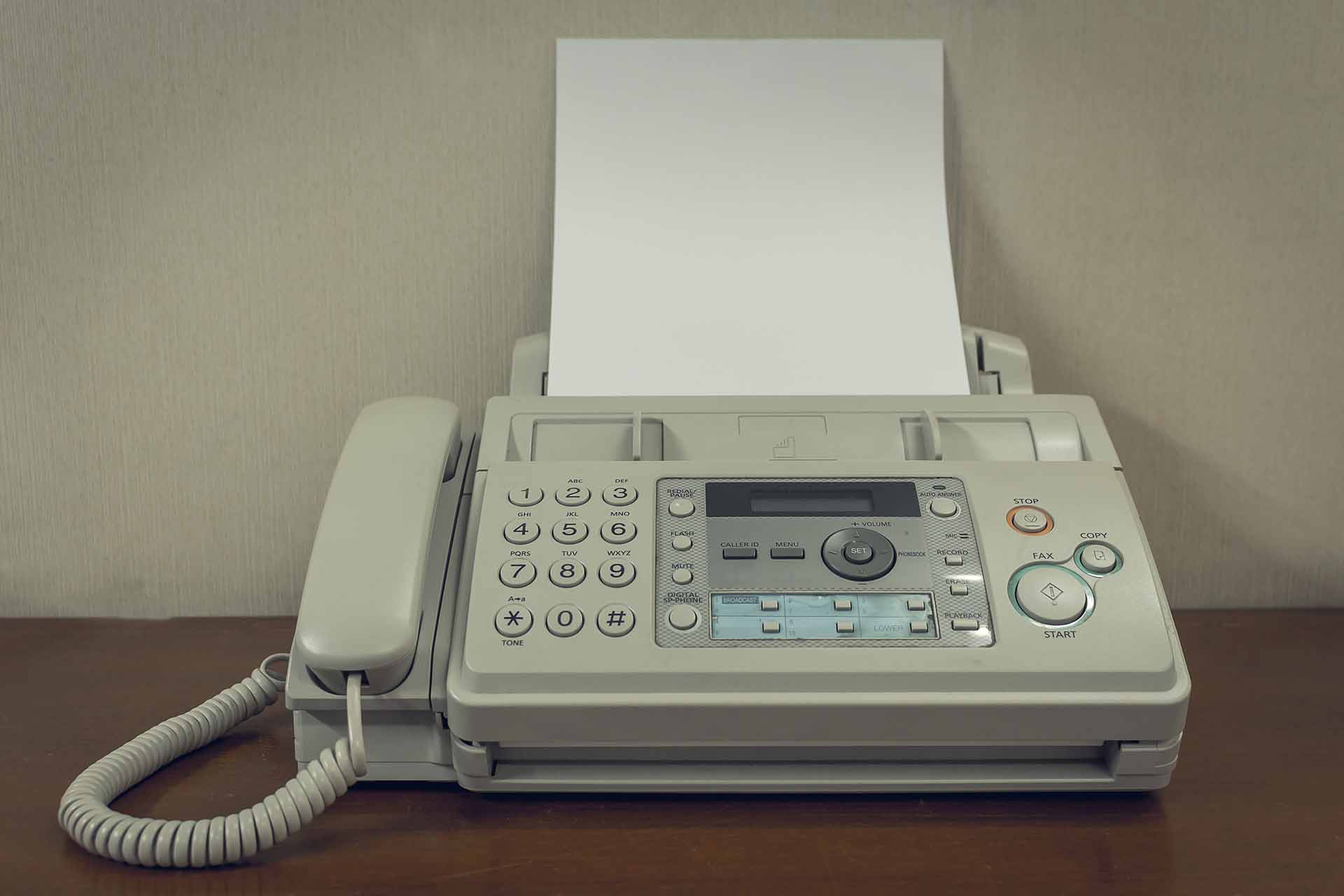Digitization in healthcare has been high on the agenda for years. With the arrival of the Electronic Data Exchange in Healthcare Act (Wegiz), the government and the healthcare sector are underlining the need for data availability and data exchange in healthcare. Dutch Health Hub answers the most important questions on the subject.
What is data sharing in healthcare?
When we talk about data sharing in healthcare, we are talking about sharing patient information between different healthcare providers. This information can include medical data, appointments (such as hospital visits) and financial data (such as bills and claims). By sharing this information and making it available, healthcare providers can make better decisions about the care of their patients.
But data exchange on paper, fax or e-mail should really no longer be possible. Data exchange must therefore be increasingly digitized.
What is the difference between data sharing and data availability in healthcare?
In the context of AI solutions in healthcare, there is a lot of talk about data availability. But how is that different from data sharing? Or is it just the same thing? Because VWS puts full effort on data availability, but meanwhile is working on data sharing through Wegiz.
The two concepts are not yet perfectly crystallized within the healthcare sector. Cautiously, we dare to say that data exchange is mainly about sharing and accessing data at healthcare institutions. In other words, about recording data in order to better help the patient.
Data availability can be viewed more broadly. It involves more parties, such as the patient themselves, residents of a particular area and researchers. They too must be able to use the data. So the data must (under the right conditions) be more widely accessible and usable, which goes beyond data registration.
How does data sharing improve the quality of care?
Data exchange in healthcare should lead to improved quality of care, fewer errors, cost savings and higher patient satisfaction. The quality of care improves because the provider has a complete and up-to-date picture of the patient. This leads to better treatment decisions.
Because all data is shared electronically, the margin of error is reduced. Patient data is both available and legible. The chance of errors due to illegible doctor's manuscripts is thus much smaller.
Enabling data sharing in healthcare costs a lot of money. But it can also save costs. Healthcare personnel can in fact work more efficiently because the correct data are immediately accessible. For example, there is no need to make follow-up calls for patient data. And time is money.
It's also a lot nicer for patients that their health care providers are aware of each other's work and don't have to tell the same story over and over again.
What makes data sharing in healthcare so difficult?
Everyone within the healthcare industry seems to agree that data sharing has mostly advantages. But then why hasn't it been in place long ago?
First, implementing electronic data interchange costs a lot of money. In addition, there are challenges to overcome in terms of security and privacy. Data exchange must be properly secured and patients must be assured that their data will be kept confidential. Thus, patients must also be on board with this development.
In addition, while it is admirable for all kinds of healthcare institutions and software vendors to start working on data exchange, it leads to many separate initiatives that are not well connected. It is therefore important for the sector to use the same infrastructure and standards.
And as always: finding consensus with many parties is difficult. Read more about that:
- The long road from data to information
- Wegiz requires preparation in healthcare facilities
- Iman Merison: 'Data sharing should be automatic'
What is the Electronic Data Exchange in Healthcare Act (Wegiz)?
The government also needs better data exchange in healthcare. Therefore, in 2018, VWS launched the Electronic Data Exchange in Healthcare program. This ensured sufficient political support for making electronic exchange mandatory in 2019.
On July 1, 2023, the Electronic Healthcare Data Exchange Act, or Wegiz for short, went into effect. This the law that requires healthcare providers to exchange certain data electronically.
What data exchange does the Wegiz regulate?
Together with the healthcare field, VWS has coordinated which data exchanges are necessary and how they should be prioritized. Via AMvBs (Order in Council), the priorities will be introduced one by one. These are the priorities:
- Medication transfer (by Jan. 1, 2024)
- Nursing reflection
- Image availability
- Basic Care Data Set (BgZ).
- Acute care
For full details and up-to-date information, please refer to the website On data sharing in health care.
What about quality standards and norms in healthcare data exchange?
The Netherlands Healthcare Institute tests quality standards on good care and what information should be exchanged and when. These quality standards are drawn up by healthcare providers, patients and healthcare insurers. After testing, the Care Institute publishes the quality standards in a public register.
Under the direction of NEN, Royal Dutch Standards Institute Foundation, healthcare providers, patients and software suppliers develop standards. These standards contain requirements for language and technology for ICT systems. NEN ensures alignment with European and international standards. The first NEN standards are expected to be ready by the end of 2023.
- Read more about this in the interview NEN standards are indispensable in healthcare data exchange
The standards in turn point to standards, such as information standards from Nictiz. These contain agreements on the recording, retrieval and sharing of data. These standards are based on quality standards from the public register, among others.
Watch the animation who explains this clearly.
What about data sharing in healthcare at the European level?
Data sharing is also underway at the European level. The European Commission is speeding up the introduction of the European Health Data Space (EHDS). Political agreement on the accompanying law, which will enable the pan-European exchange of digital health data, must be reached in April 2024.
- Read more in the article EU rushes to introduce EHDS












